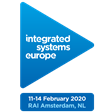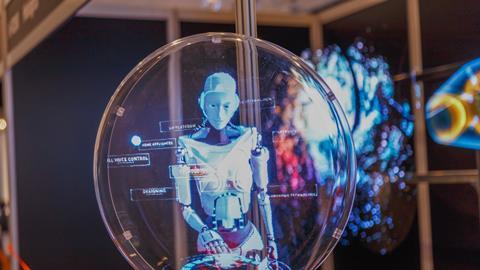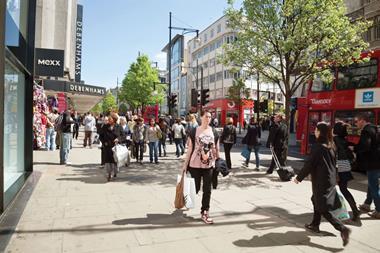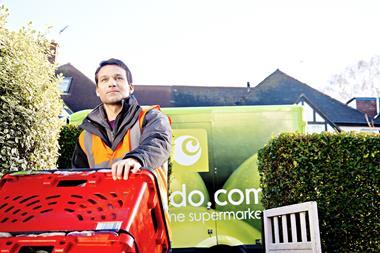Florian Rotberg, chairman of the Digital Signage Summit, looks at the ever-more sophisticated technology in retail and examines the market for experiential opportunities.
The retail industry is in a state of flux. Some of the UK’s most established retailers have confirmed store closures, including Marks & Spencer, New Look, Debenhams and House of Fraser.
Alongside this, online retailers continue to perform well as consumer confidence and demand grows for internet-enabled purchases.
Despite the high street struggles, retailers with physical stores are looking at ways to bridge the online and offline worlds by encouraging customers into shops.
“Technology – and the clever deployment of it – can be the difference between a seamless customer journey and a retail nightmare”
Smart retailers are increasingly leveraging innovative technology to promote a personal and exciting experience within a physical, bricks-and-mortar store.
And, with a plethora of intuitive, engaging and connected technology available, it’s easy to see why.
Consumer expectation
Customers expect a seamless journey within a retail environment and this extends to the digital components.
Retailers are challenged to create in-store experiences that can scale beyond flagship installations and maintain consistency.
Technology, and the clever deployment of it, can be the difference between a seamless customer journey and a retail nightmare.
By solely aiming for flagship ‘wow factor’ – a one-off in-store installation for example – retailers run the risk of becoming quickly forgotten.
Instead, by factoring digital into business models and merging this with store design, they can provide varied benefits to their customers, increasing engagement, dwell time and sales.
“The only barrier that technologies should address is cultural acceptance from UK consumers”
Technology in a retail environment encompasses so much more than large digital screens – content must be interactive, current and relevant.
For example, digital touch points are now common place in retail, LED provides great flexibility beyond the traditional 16:9 aspect ratio and interest in projection is increasing again with the emergence of new techniques.
Sensors provide a fantastic opportunity for retailers to collect the right kind of data for the business, which can then provide actionable insights to attract new customers and better serve existing ones.
Digital signage and CMS have previously worked in silos and retailers should now be looking towards integrated solutions that feature analytics, data management and digital components to promote a cross-platform communication strategy.
As artificial intelligence becomes ubiquitous within digital technologies, the market is readying itself for a move towards voice-controlled wayfinding and personalised digital shopping assistance.
The only barrier that technologies should address is cultural acceptance from UK consumers.

Florian Rotberg is chairman of the Digital Signage Summit
The digital world is moving quickly – to ensure you stay ahead of the latest technologies available, visit Integrated Systems Europe (ISE), the world’s largest audiovisual technology, products and solutions trade show.
To find out more about ISE 2019 and the Digital Signage Summit event, visit iseurope.org.
Retail Week readers can gain free access to the show by using this exclusive code during registration: 407168































No comments yet